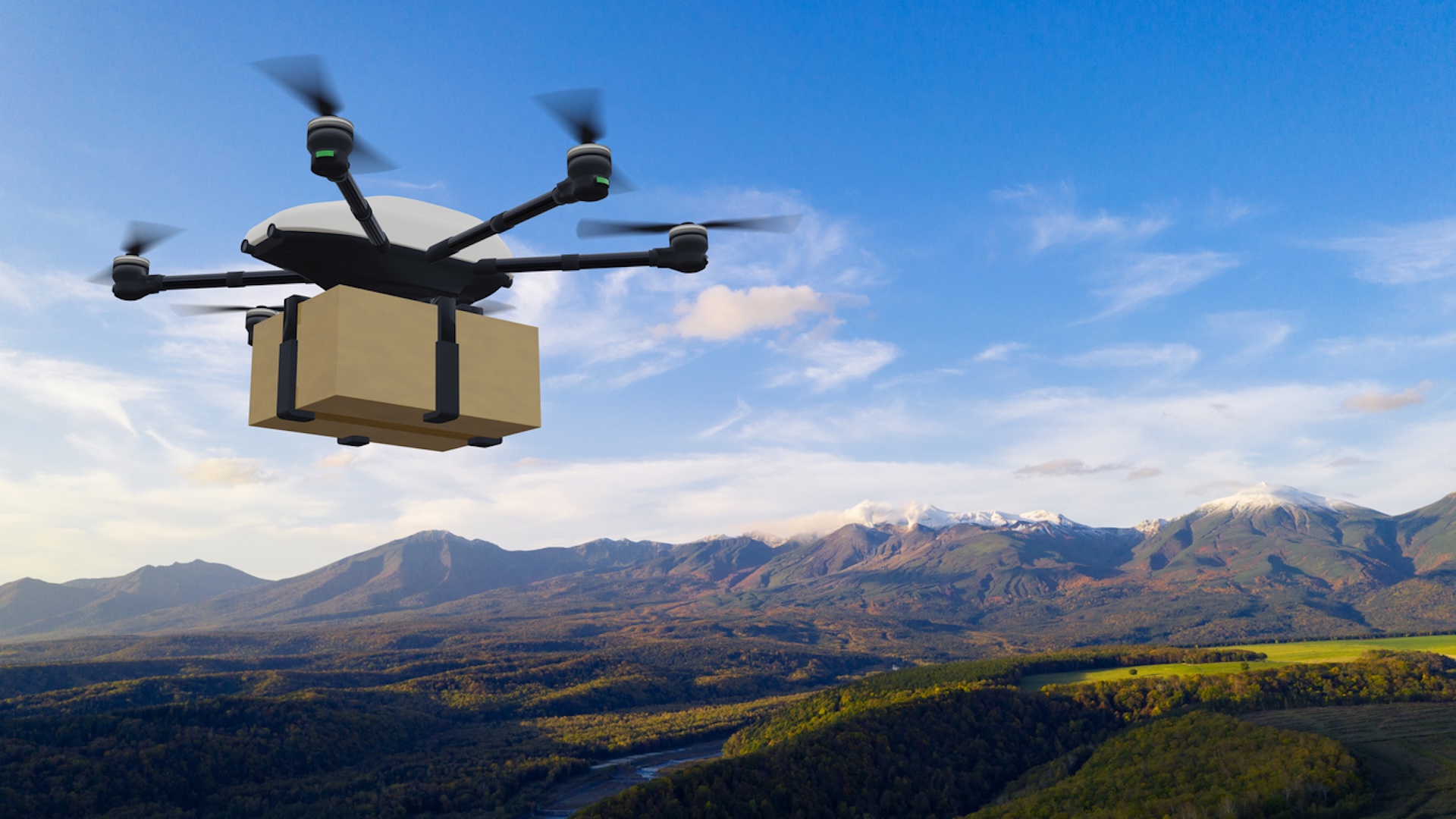MIT teaches drones to survive nature’s worst, from wind to rain

Source: interestingengineering
Author: @IntEngineering
Published: 6/10/2025
To read the full content, please visit the original article.
Read original articleMIT researchers have developed a novel machine-learning-based adaptive control algorithm to improve the resilience of autonomous drones against unpredictable weather conditions such as sudden wind gusts. Unlike traditional aircraft, drones are more vulnerable to being pushed off course due to their smaller size, which poses challenges for critical applications like emergency response and deliveries. The new algorithm uses meta-learning to quickly adapt to varying weather by automatically selecting the most suitable optimization method based on real-time environmental disturbances. This approach enables the drone to achieve up to 50% less trajectory tracking error compared to baseline methods, even under wind conditions not encountered during training.
The control system leverages a family of optimization algorithms known as mirror descent, automating the choice of the best algorithm for the current problem, which enhances the drone’s ability to adjust thrust dynamically to counteract wind effects. The researchers demonstrated the effectiveness of their method through simulations and real-world tests, showing significant improvements in flight stability. Ongoing work aims to extend the system’s capabilities to handle multiple disturbance sources, such as shifting payloads, and to incorporate continual learning so the drone can adapt to new challenges without needing retraining. This advancement promises to enhance the efficiency and reliability of autonomous drones in complex, real-world environments.
Tags
dronesautonomous-systemsmachine-learningadaptive-controlroboticsartificial-intelligencemeta-learning